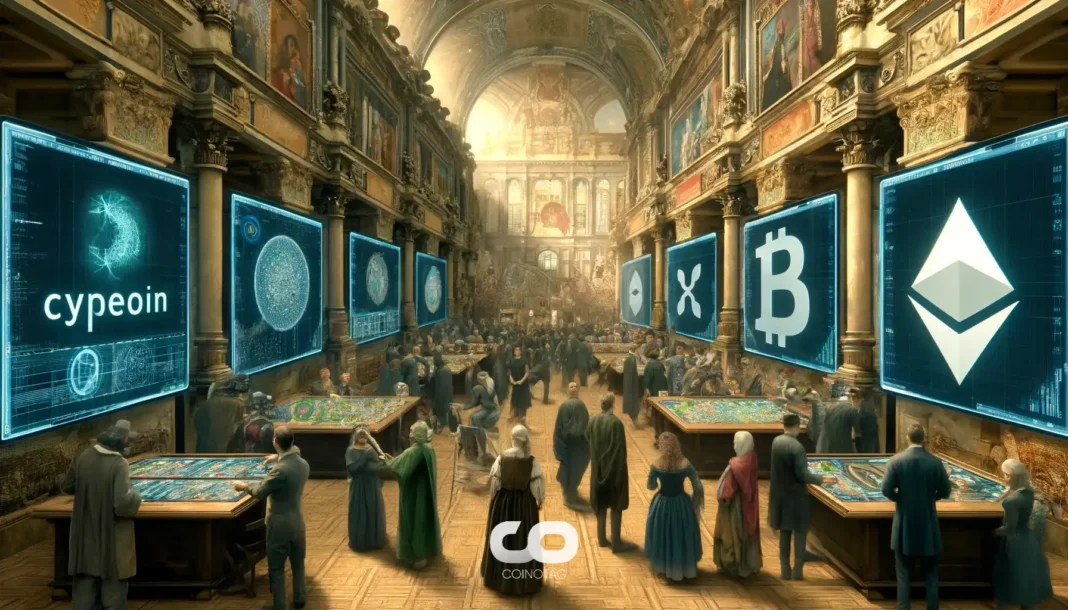- Maker, now rebranded as Sky, has introduced a new version of its prominent stablecoin, DAI, known as USDS.
- The introduction of a remote freeze feature has raised eyebrows among the crypto community, sparking debates about decentralization.
- Rune Christensen, co-founder of MakerDAO, emphasized that the freeze function is an optional feature and won’t be activated at launch.
This article explores the implications of MakerDAO’s newly announced USDS stablecoin and the controversies surrounding its centralized features.
Understanding the Controversy: The Remotely Freezable USDS
As one of the largest decentralized finance (DeFi) projects, MakerDAO’s transition to Sky and the unveiling of USDS is a major development in the crypto landscape. With a market cap of around $5 billion, this new stablecoin aims to retain the intrinsic benefits of stability while addressing regulatory concerns. However, the introduction of a code feature that allows asset freezing has unsettled users who value crypto’s decentralized roots. Unlike its predecessor, DAI, which operates under immutable rules, USDS introduces provisions that traditional cryptocurrency advocates view as retrogressive.
Regulatory Compliance vs. Decentralization: A Balancing Act
One of the key arguments in favor of the freeze function is its potential to facilitate compliance with legal frameworks, particularly when a stablecoin is partially backed by U.S. Treasuries. Rune Christensen has made it clear that the freeze feature will not be activated upon launch, allowing existing DAI users to decide whether or not they want to migrate to USDS. Critically, Christensen noted that “Dai is an immutable smart contract and cannot be altered,” reinforcing the unchanging nature of the original stablecoin. Nonetheless, the option for a centralized control mechanism has led some DeFi proponents to express reservations about the future of USDS.
The Broader Implications for Stablecoins
In light of USDS’s launch, speculation around the broader implications for stablecoins is prevalent. The capacity to freeze assets is not new; centralized stablecoins like USDC and USDT have long utilized this feature to comply with government requests, often enforcing asset seizures in cases of fraud or illegal activities. For example, Tether recently aided the U.S. authorities in the recovery of $5 million tied to fraud victims, illustrating a pattern where compliance takes precedence. As AJ Scolaro from Messari pointed out, such measures are deemed necessary for the safe scaling of any stablecoin that seeks broad adoption.
PureDAI: An Alternative for the Skeptics
In response to the backlash against USDS, MakerDAO plans to develop a purely crypto-backed stablecoin, dubbed PureDAI, which aims to address these concerns. The concept is to offer a stablecoin that remains true to the decentralized ethos, devoid of features that could compromise its autonomy. As Christensen suggested, there is room for a decentralized stablecoin that not only aligns with user governance but also elegantly side-steps regulatory entanglements. Observers are left to consider whether PureDAI can indeed fill this unmet demand.
Conclusion
MakerDAO’s transition to Sky and the unveiling of USDS signifies a pivotal moment in the development of stablecoins. While the remote freeze feature has drawn criticism from the crypto community for contradicting the decentralized principles of the platform, it also highlights the challenges of navigating regulatory frameworks. The conversation about the balance between compliance and decentralization continues, and the emergence of alternatives like PureDAI presents a keen interest for those committed to a fully decentralized ecosystem.







